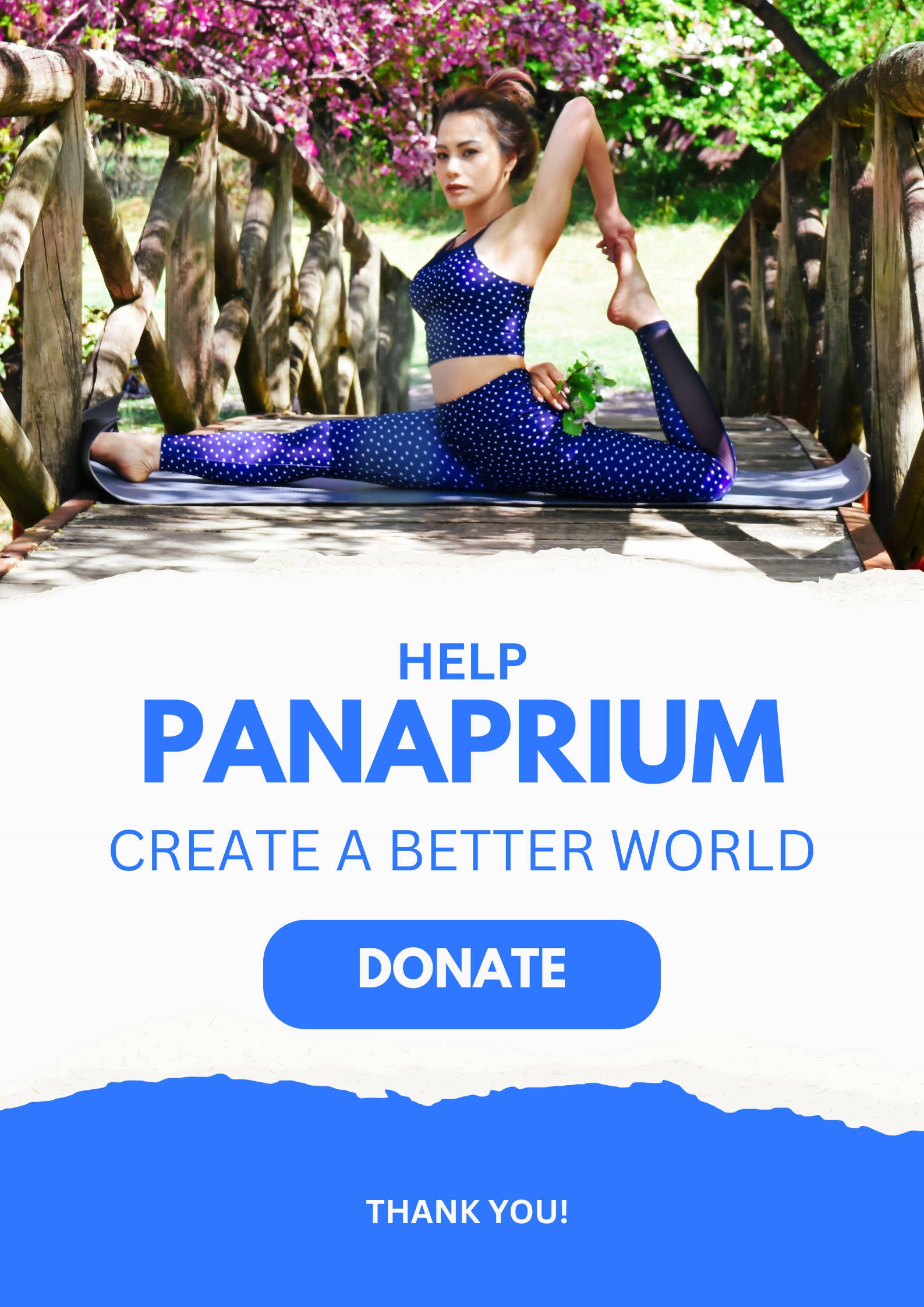
PUMA is a German multinational corporation that creates shoes, clothing, and accessories. It aims to get better in environmental, health, safety, and human rights matters towards a more circular business model.
PUMA was founded in 1948 and headquartered in Herzogenaurach, Germany. Today, it's the third-largest sportswear company in the world behind Nike and Adidas.
PUMA was one of the first major companies to put a value on its environmental impact, as written by The Guardian. It's known for its sustainability practices in its supply chain.
PUMA strives to make a positive impact on communities where it's present. It's constantly working on improving its environmental impact by reducing its carbon emissions, water usage, waste, and air pollution.
PUMA Sustainability Committee engages with suppliers, regulators, non-governmental organizations, international agencies, foundations, and academics to get valuable feedback and become more sustainable.
Panaprium is independent and reader supported. If you buy something through our link, we may earn a commission. If you can, please support us on a monthly basis. It takes less than a minute to set up, and you will be making a big impact every single month. Thank you!
Sustainability Rating: 5/10
Rating FAQ
Category: Clothing, shoes, bags, accessories
For: Women, men, children
Type: Sportswear, basics, dresses, loungewear, sneakers, swimwear, underwear, outerwear, sweaters
Style: Casual, hip hop
Quality: Medium
Price: $$
Sizes: XS-2XL, 4-17 (US), 3-16 (UK), 35-52 (EU), 5-18 (AU)
Fabrics: Cotton, hemp, lyocell, modal, acetate, viscose, polyester, nylon, spandex, acrylic, polyethylene, polypropylene, polyurethane, rubber, leather, wool, down
100% Organic: No
100% Vegan: No
Ethical & Fair: Yes
Recycling: Yes
Producing country: Bangladesh, Cambodia, China, India, Indonesia, Mexico, Pakistan, Philippines, South Korea, Taiwan, Thailand, Turkey, Vietnam
Certifications: GOTS, GRS, RDS, FSC, Bluesign, Fair Trade, ISO 14001, ISO 50001
Sustainability Practices
"Sustainability is a key value of PUMA, deeply integrated into our business operations. It guides our company to work faster toward a more just and sustainable future."
- Bjørn Gulden, PUMA Chief Executive Officer
PUMA loves doing sports outside and believes that's only possible in a healthy ecosystem by integrating sustainability into every aspect of its manufacturing processes.
The global sportswear brand creates sustainability collections to inspire its consumers and joins numerous industry collaborations to cover a wide range of social and environmental issues.
PUMA is constantly striving to use more sustainable key materials to make its entire sourcing and production processes more sustainable. It strives to bring its trading practices in line with the principles of sustainable development.
PUMA only uses a small proportion of sustainable materials such as organic cotton, or recycled materials such as recycled nylon and recycled polyester.
Most of the fabrics used by PUMA are highly polluting synthetic petroleum-based fibers such as polyester, nylon, spandex, acrylic, polyethylene, and polypropylene.
PUMA also uses a small amount of semi-synthetic fibers or man-made regenerated cellulosic fabrics such as lyocell, modal, acetate, and viscose.
The sportswear brand has a code of conduct that applies to all its suppliers and subcontractors and sets a clear minimum standard for supply chain partners.
PUMA publishes a list of its main manufacturing and processing facilities and makes it available publicly on its corporate website. It monitors 100% of its supply chain to ensure compliance with labor standards.
The 2020 Fashion Transparency Index gave PUMA a score of 57% based on how much the group discloses about its social and environmental policies, practices, and impacts. PUMA earned 8th place in the top 10 most transparent brands.
The sportswear retailer manufactures the large majority of its clothes in many East Asian countries where human rights and labor law violations still happen every day.
However, PUMA is a member of the Fair Labor Association (FLA), a non-profit collaborative effort making unannounced visits to factories, reporting findings, and delivering accreditation based on social compliance.
PUMA also receives support from the Better Work Program of the International Labor Organization (ILO) when it comes to auditing in Vietnam, Cambodia, Indonesia, and Bangladesh.
PUMA doesn't use any exotic animal skin, or hair, fur, angora. But it uses leather, wool, and down feathers to manufacture some of its clothing.
These animal-derived materials are cruel and unethical. They also harm the environment by producing greenhouse gases and wastes. More sustainable alternatives exist.
Sustainability Goals

PUMA aims to create a maximum positive impact. It has set a science-based greenhouse gas emission target to reduce its carbon footprint.
PUMA has signed the United Nations Fashion Industry Charter for Climate Action. It aims to reduce its emissions at its entities by 35% (absolute). It also plans to decrease the emissions of its supply chain by 60% relative to sales between 2017 and 2030.
The sportswear brand aims to achieve 100% sustainable input chemistry by adopting the ZDHC Manufacturing Restricted Substance List and phasing out hazardous chemicals by 2020.
PUMA aims to increase the percentage of renewable energy used by its core suppliers to 25% by 2025. It will also move all its entities to renewable electricity.
PUMA is also researching product take-back schemes in the USA and Europe. It plans to build, set up, or join product take-back schemes in major markets by 2025.
PUMA has committed to developing more recycled material options and reducing production waste to landfill by 50% by 2025.
90% of all PUMA apparel and accessories will contain over 50% more sustainable materials by 2025. 90% of all footwear will also contain at least one more sustainable component by 2025.
PUMA aims to increase recycled polyester use in apparel and accessories to 75% by 2025. It's also researching biodegradable polyester options for products.
PUMA strives to reduce water consumption at its core suppliers by an additional 15% (on 2020 baseline) by 2025.
It will source 100% of cotton, leather, and viscose from certified sources by 2025.
PUMA commits to ensuring bank transfer payment (to workers) for all core suppliers by 2022 to help improve wage levels and practices. It will carry out Fair Wage Assessments, including mapping of specific wage ladder for the top 5 sourcing countries by 2025.
Buy Here
Discover PUMA sustainable collections at puma.com.
Reviews And Experiences With PUMA
Have you had (good) experiences with shopping at or the products of PUMA? Then leave us your rating below.
What We're Up Against
Multinational corporations overproducing cheap products in the poorest countries.
Huge factories with sweatshop-like conditions underpaying workers.
Media conglomerates promoting unethical, unsustainable products.
Bad actors encouraging overconsumption through oblivious behavior.
- - - -
Thankfully, we've got our supporters, including you.
Panaprium is funded by readers like you who want to join us in our mission to make the world entirely sustainable.
If you can, please support us on a monthly basis. It takes less than a minute to set up, and you will be making a big impact every single month. Thank you.






























0 comments